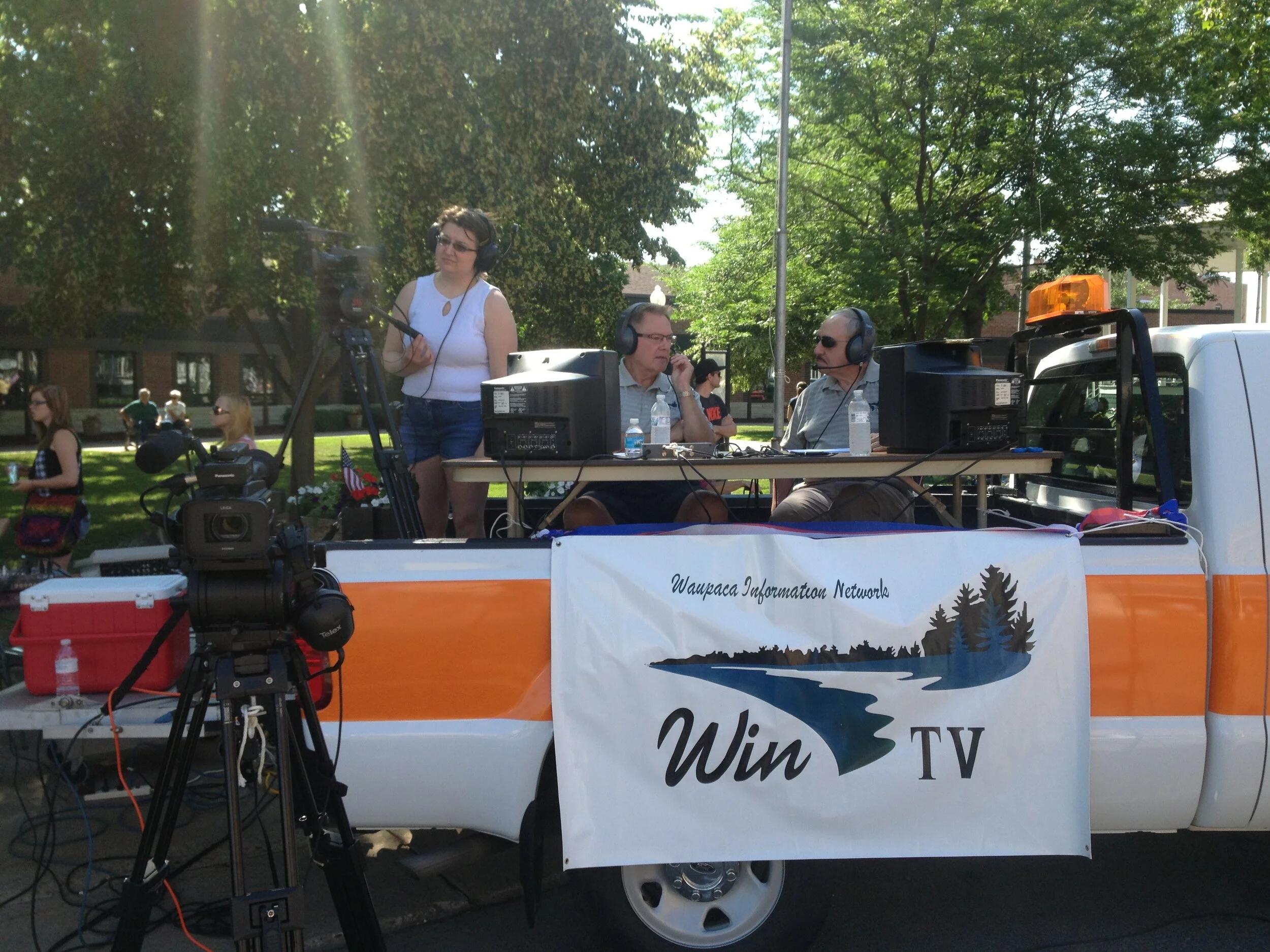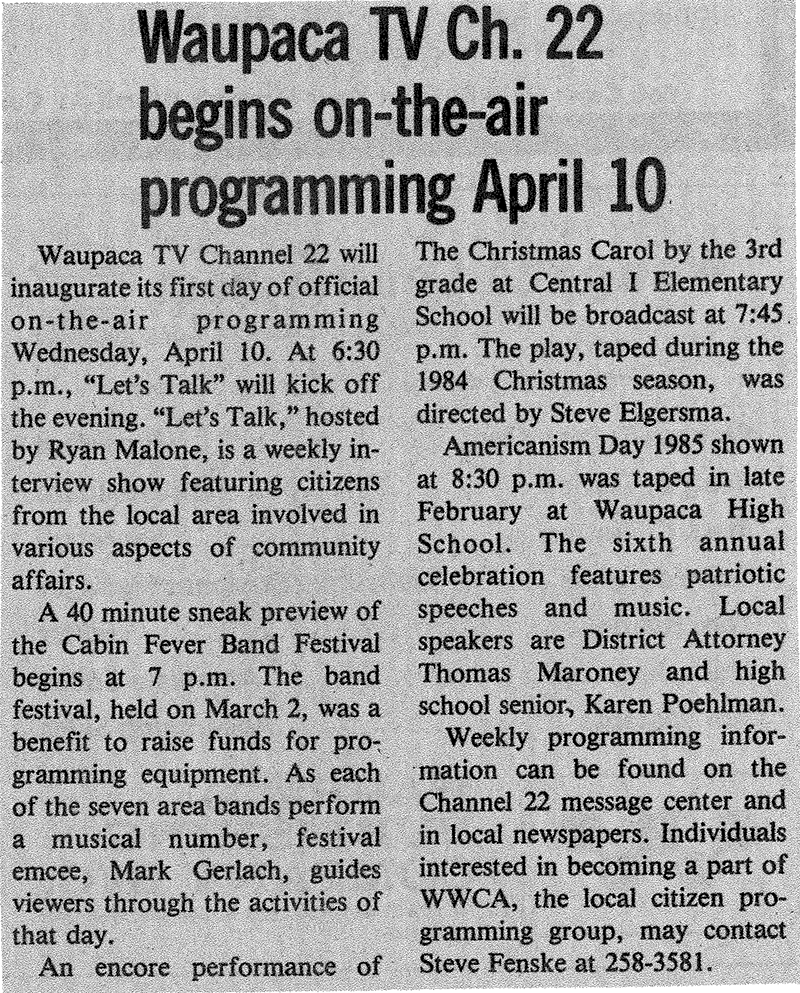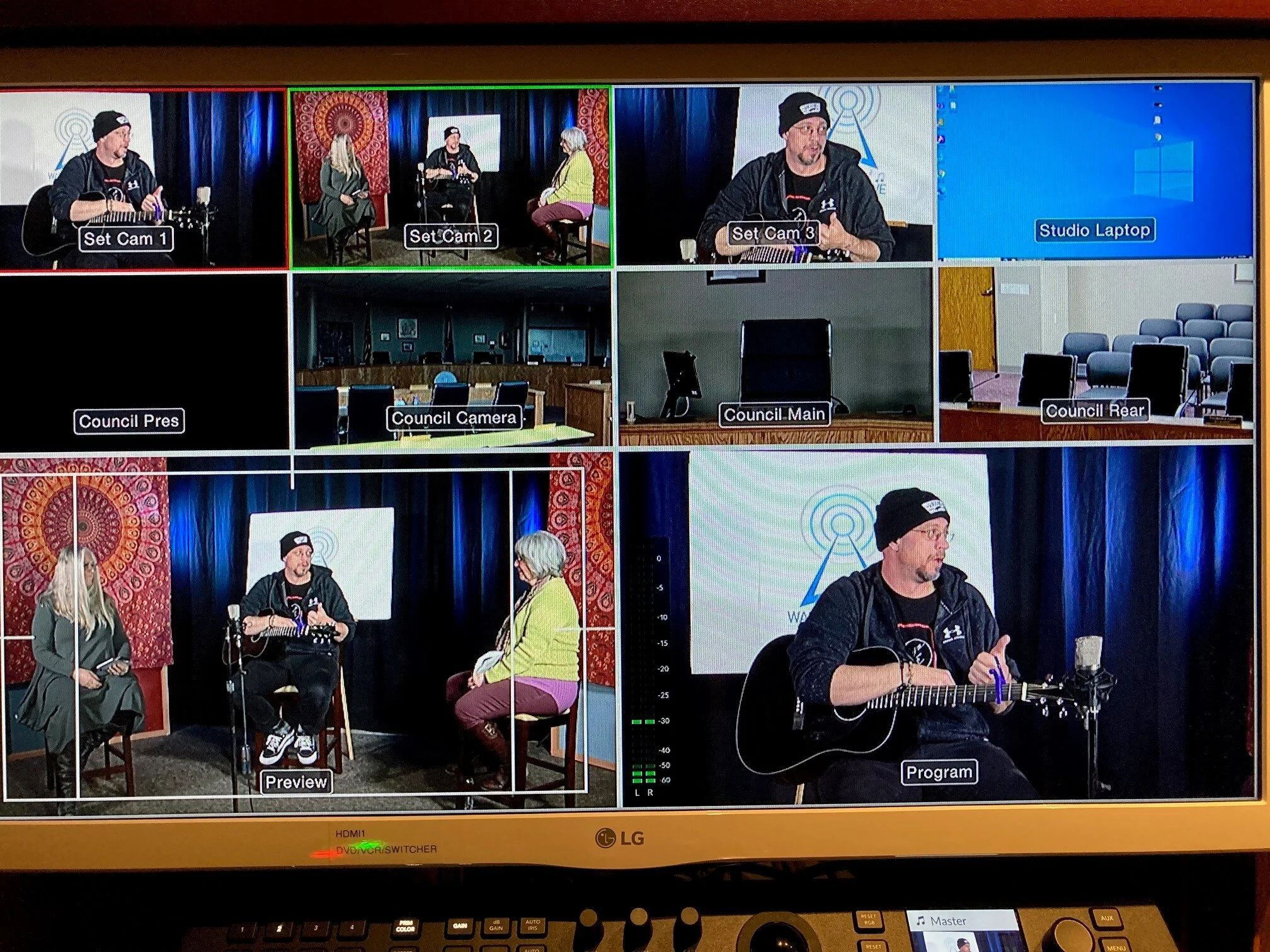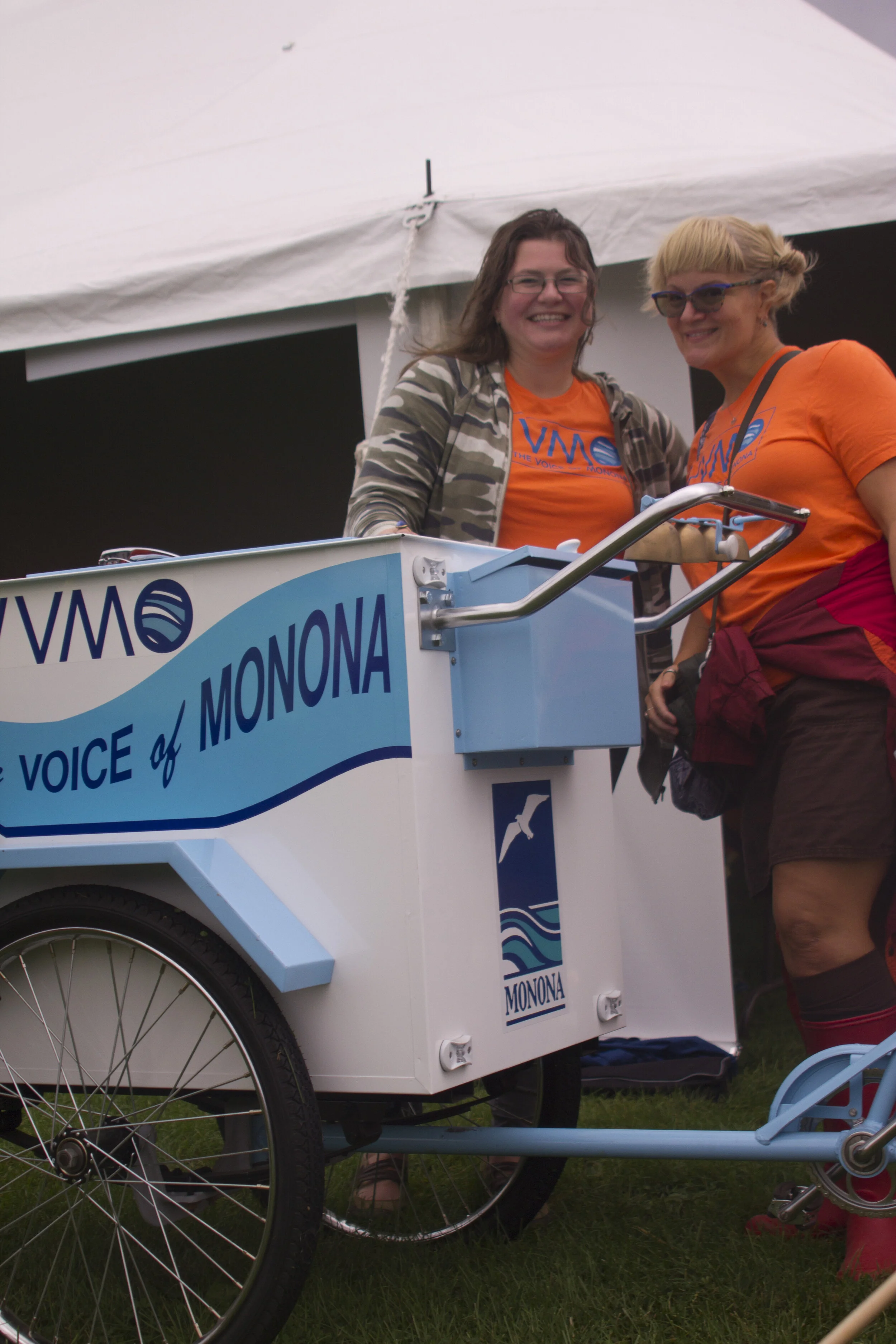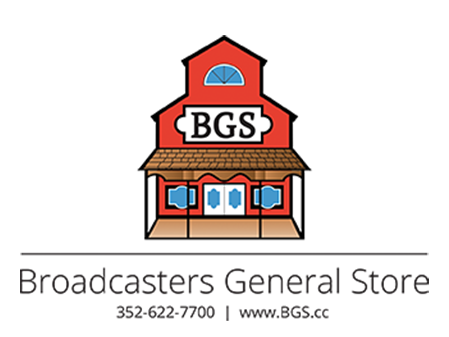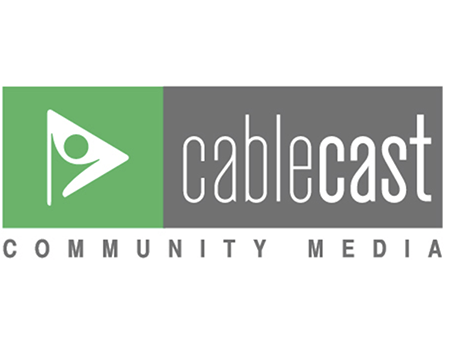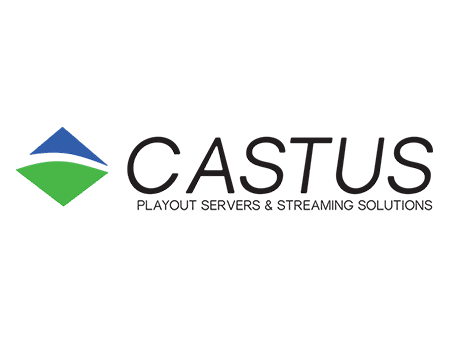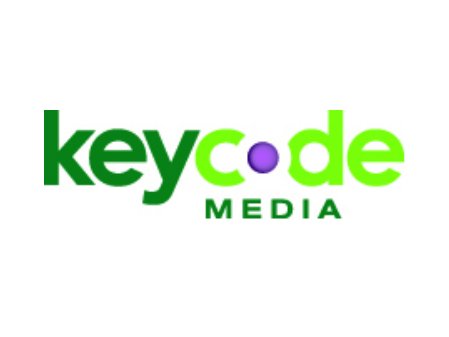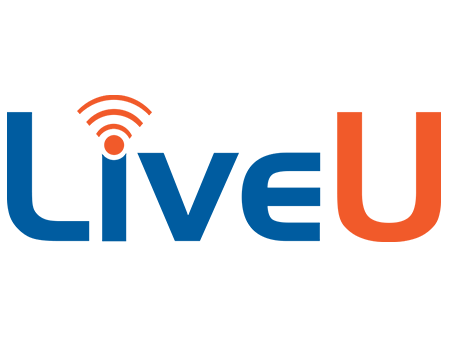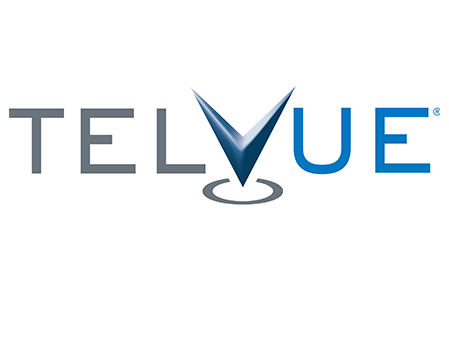By Tom Loucks , Communications Director, City of Marshfield
April of 1985: “New Coke” is introduced, the RMS Titanic is located, Live Aid concerts around the world raise millions to help the starving in Africa and on April 10 at 6:30 in the evening, Waupaca launches Waupaca Weyauwega Cable Access on Jones Cable Channel 22. The access channel’s mission: to cover local government and events happening in both small towns.
In the exciting early days, Waupaca Weyauwega Cable Access was largely run by a crew of hard-working volunteers. Then in the early 1990’s, the city hired a part-time manager and ten years later, in 2002, the station was renamed “Win-TV,” which stands for “Waupaca Information Network.”
In 2008 the city merged the part-time TV station coordinator position with a newly formed IT position to handle all technology and communications efforts for the City. City leaders selected Josh Werner to lead the combined departments. The UW-Oshkosh graduate with a Radio-TV-Film/Computer Science degree had been in commercial radio before joining the City of Waupaca. Josh was excited about the challenge. “The job looked interesting and it was a good fit for my skills.”
Now fast forward to today and both departments have grown. Josh has a lot on his plate. He juggles all of the city’s IT requests, oversees the city’s ISP utility, and runs the community media department, which has grown a lot since Josh took over. “I enjoy the freedom I have in this position and the support I get from the city -- as well as its trust -- to meet the Waupaca’s communication needs,” Josh said.
WIN-TV is a “G,” one of the three types of non-profit cable access channels there can be, the other two being “P” for “public” and “E” for “educational.” It is one of several tools the city uses to get community information out that includes its website, an FM radio station, digital signage in City-owned facilities and social media. “The type of information created and audience we are trying to reach dictates which communication methods we use,” Josh said.
In 2012 Josh decided that the community media department should distribute its video programming not only on Win-TV but also on the Waupaca city website and YouTube. “Besides our cable viewers, we needed to serve the audience that was comfortable surfing the web,” he said. “Today, our Win-TV cable channel serves an audience who may not utilize other media. We find the typical viewer of Win-TV is older and may not be as well-versed on how to watch our programming on the Internet,” Josh said.
When Charter Spectrum stopped carrying PEG channels on the analog tier across the state in 2014, it discontinued WIN-TV’s analog channel 96. Like all other Charter Spectrum PEG channels, Win-TV became viewable only on channel 991 on the digital tier, a location that many in the industry call “digital Siberia.” As Josh managed the transition and worked on publicizing the change to the community, he decided that the city could use another mass media outlet. In June 2015, an LPFM radio station, Waupaca Radio fm96.3 debuted and the community media department had yet another outlet with which to communicate to its residents. “Walking into a local business and hearing Waupaca Radio on in the background or having the voice of one of our staffers recognized is so rewarding,” Josh said.
Its most recent investment has been in HD. “While Charter Spectrum unfortunately does not accept an HD signal from the city, viewers can see our programming in HD on the web and over social media,” said Josh. The entire television facility was converted to HD in 2019.
Win-TV broadcasts all City Council, City Plan, School Board and County Board meetings to give their residents easy access to their government. Win-TV also carries educational programs that are produced through the historical society, library and Winchester Academy, a local non-profit that fosters lifelong learning. Even though the focus of the station is government, the staff works hard to help promote community and educational events.
Since January, the communications department has been producing and broadcasting a daily radio newscast each day at 6:00 am, 7:00 am, Noon and 5:45 pm with a focus on, but not limited to, local government. The community is a regular contributor to the content on the radio and its various media outlets. Waupaca residents regularly submit press releases, news briefs, event cancellations, and emergency notices to be included on the daily newscast. And volunteers produce television and radio shows themselves.
The staff handles interviews both for Win-TV and the LPFM station, but local groups are invited in to promote their events. The station partners with the Waupaca Community Arts Board to support local musicians and they are encouraged to submit music for airplay on the radio station. Every weeknight from 8 p.m. to 10 p.m. the LPFM radio station features all Wisconsin music. The station also produces special live broadcasts throughout the year. For example, Win-TV is always at the 4th of July Parade and Arts on the Square.
Its regular social media videos include a weekly update with the city administrator and school superintendent, a monthly update with the library, regular updates with the Parks & Recreation Department, and this summer, weekly updates about the Main Street reconstruction project. “Bottom line is we’re making sure the Waupaca community has access to information they would otherwise not be able to easily get,” said Josh.
The community media department always has a lot of irons in the fire. During the COVID pandemic, it assisted Winchester Academy in going virtual so it could keep its educational programming going. “One of our biggest challenges with community media is the small budget,” said Josh. “While the budget is tied in with the larger IT budget, only about $30,000 per year is allocated to community media and most of that goes toward salaries and wages. This means we have to make smaller, incremental equipment upgrades and we have to be creative to accomplish projects.”
The community media department has been working on a project for the past year to “refocus our community media programs to be more effective,” Josh said. “Our big takeaway was that we needed to change our focus to creating short, quick-to-consume content versus long-form programming. People expect “quick and now” so transforming how we do things has been a challenge.” A recent survey revealed the city website is the most-used community media outlet, with Facebook and Waupaca Radio tied at second, digital signage in city facilities next, and the Win-TV cable channel and the YouTube channel the lowest ranked. “The challenge is selecting the correct outlet or outlets to place the content depending on the goal, and sometimes spending more time placing content in multiple locations than it takes to edit the final product!”
The City’s investment in media has fulfilled a need for information in this small community. “Waupaca’s community media outlets are able to hyper-focus on providing the community with access to its government in ways other commercial media outlets cannot,” said Josh. “Most of what we provide is either not profitable in the eyes of other media or not prominent enough or important enough to the region to warrant coverage. Without this city operation, the community of Waupaca would not have the ability to access and use media and it wouldn’t have the coverage it has today of its local government and community happenings. I’m really proud of what we achieve here.”




